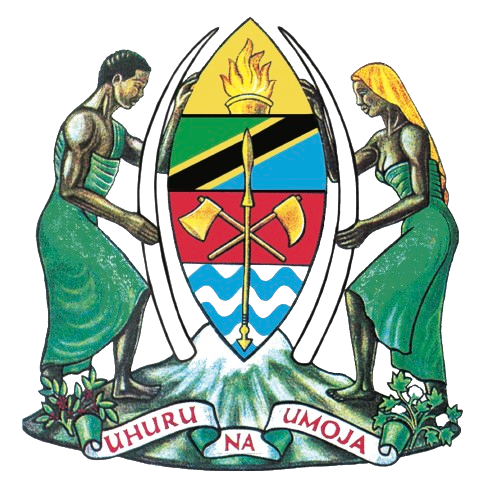Assessing disease resistance and yield components in advanced breeding lines of common bean in different locations of northern Tanzania
- 15th July, 2024 05:45
- By MOSSES.BAYINGA
- Papers
Author(s) : Edith L. Kadege, Pavithravani B. Venkataramana, Teshale Assefa, Joseph C. Ndunguru, Jean Claude R
Tanzania is the top bean producer in Africa and seventh globally, exporting half of its beans to neighboring nations. This study determines common bean varietal performance in northern Tanzania. Disease infection and yield components of 22 genotypes were evaluated in on-station and on-farm trials. The study used a completely randomized factorial trial design with three replications to explore the individual and combined effects of genotype and environment on disease infection and grain yield in two on-station and six on-farm environments. Data were collected on number of emerging plants; canopy height, canopy width, plant vigor, disease infection levels, plant stands at harvest, number of pods per plant, number of grains per pod, 100-grain weight and grain yield and analyzed using R software. The combined analysis of variance revealed significant differences among genotypes, environment, and genotype by environment interactions. Bean canopy height, canopy width, plant vigor and grain yield were high at on-station trials, compared with on-farm trials. Advanced breeding lines showed 56% higher grain yield than commercial checks across study locations. Additive main effects and multiplicative interaction (AMMI) analysis revealed that, genotype was the dominant factor affecting common bean grain yields at 50.3%, whereas the environmental impacts were 25.7%. NUA 48 and NUA 64 were ideal genotypes showing anthracnose resistance and delivering higher grain yield. VTT 923- 23-10 and Sweet Violet varieties were stable across the mega-environment. Therefore, NUA 48, NUA 64, VTT 923-23-10 and Sweet Violet are proposed for further evaluation within Tanzanian bean agroecosystem to identify farmers’ preferred varieties.


